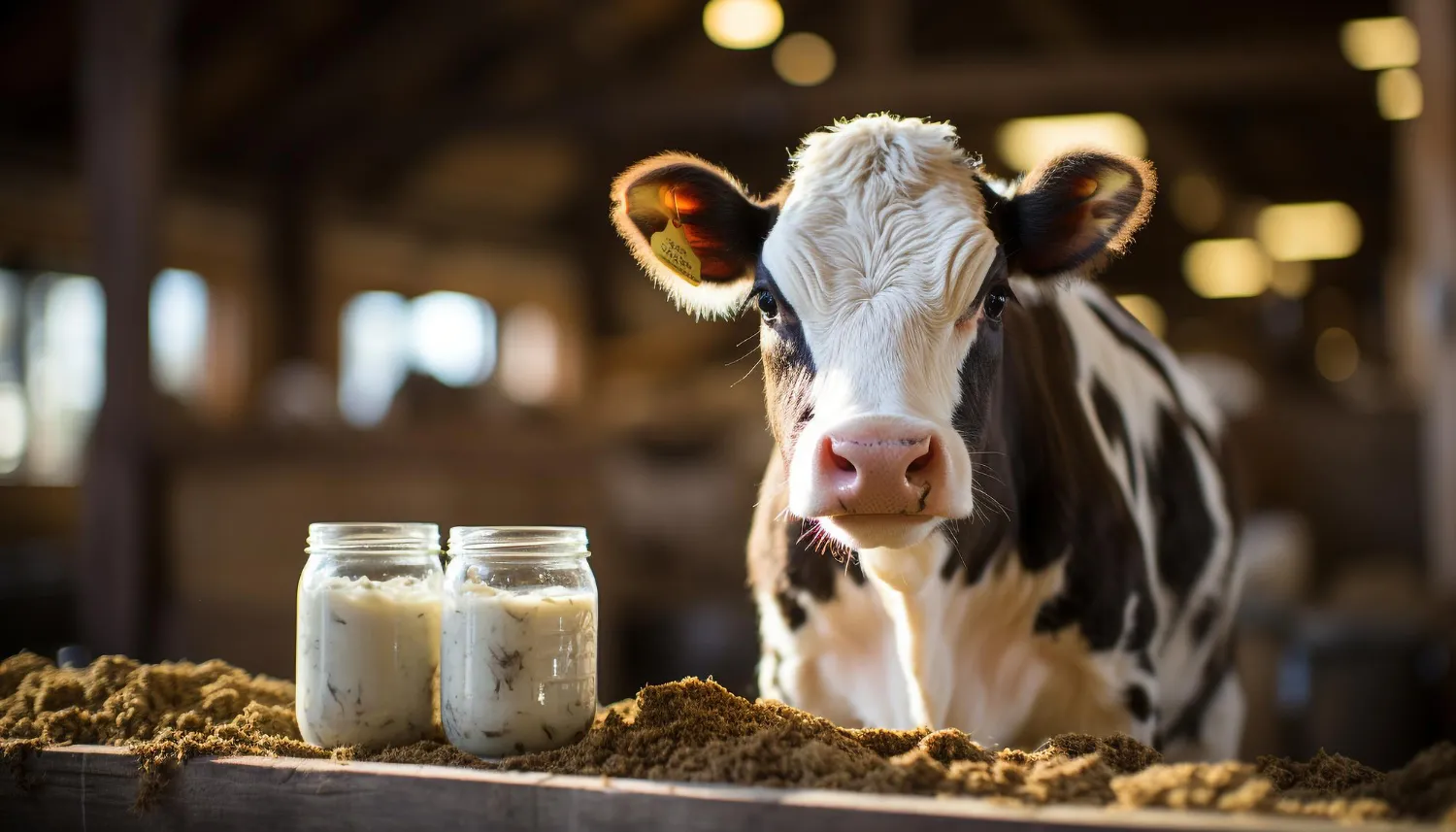In the hustle of dairy farms in Egypt, an insidious threat lurks within the udders of seemingly healthy cows. Subclinical mastitis (SCM), an asymptomatic infection, is a pressing concern for dairy producers due to its silent spread and the potential contamination it poses to milk and dairy products, especially those unpasteurized. A recent study published in the Japanese Journal of Infectious Diseases (DOI: 10.7883/yoken.JJID.2018.538) provides alarming insights into the pathogenic potential and antimicrobial resistance (AMR) of Escherichia coli strains isolated from SCM milk samples in Egypt.
This investigation involved isolating and serotyping E. coli from SCM milk samples, unraveling the hidden dangers within this common dairy ailment. The research team, led by Ombarak Rabee Alhossiny from the Faculty of Veterinary Medicine, University of Sadat City, and supported by colleagues from the Graduate School of Life and Environmental Sciences, Osaka Prefecture University, isolated E. coli from 14 (9.3%) of SCM milk samples, a significant detection rate considering the typically clandestine nature of the disease.
The serotyping results revealed a wide array of E. coli serotypes, including O55:H7, O111:H4, O127:H6, O128:HUT, O26:HUT, O44:H18, O114:H21, O86:HUT, O124:HUT, and O127:H7. The presence of these diverse serotypes underscores the possible complex interaction and exchange of genetic material among bacteria within the dairy biome.
Assessment of pathogenic potential indicated that a staggering 93% (13/14) of the isolates possessed at least one of the examined virulence genes. This finding not only demonstrates the inherent threat of these strains to public and animal health but also emphasizes the need for vigilant surveillance of SCM to mitigate any risks to the dairy industry and beyond.
Furthermore, the research underlines an even more sinister aspect of these bacteria: antimicrobial resistance. Ten of the isolated strains (71%) exhibited resistance to at least one of the tested antimicrobials; of these, four (40%) were multidrug-resistant, and one exhibited the capacity to produce extended-spectrum β-lactamases—a concerning resistance mechanism that can render many standard treatments ineffective.
These findings suggest that SCM acts as a reservoir for the proliferation of potentially pathogenic E. coli strains that harbor resistance to multiple groups of antimicrobials. The implications of this study extend to public health, as such resistance could diminish the efficacy of widely-used antibiotics, compromising our ability to treat not only bovine infections but also human illnesses.
Keywords
1. Escherichia coli SCM
2. Bovine mastitis E. coli
3. Antimicrobial resistance dairy
4. Subclinical mastitis pathogenicity
5. Milk safety Egypt
References
1. Alhossiny, R. A., Gamaleldin, M. G., Prasad, A. S., Hinenoya, A., & Yamasaki, S. (2019). Serotypes, Pathogenic Potential, and Antimicrobial Resistance of Escherichia coli Isolated from Subclinical Bovine Mastitis Milk Samples in Egypt. Japanese Journal of Infectious Diseases, 72(5), 337-339. doi:10.7883/yoken.JJID.2018.538
2. Dairy Herd Management. (2018). Understanding and Managing Subclinical Mastitis.
3. Oliver, S. P., Murinda, S. E., & Jayarao, B. M. (2011). Impact of Antibiotic Use in Adult Dairy Cows on Antimicrobial Resistance of Veterinary and Human Pathogens: A Comprehensive Review. Foodborne Pathogens and Disease, 8(3), 337-355. doi:10.1089/fpd.2010.0730
4. Smith, D. R., & Fedorka-Cray, P. J. (2018). Antimicrobial Resistance in Cattle Production: Understanding and Managing Drug Usage and Resistance. Frontiers in Veterinary Science, 4, 229. doi:10.3389/fvets.2017.00229
5. WHO. (2018). Critically Important Antimicrobials for Human Medicine, 6th revision.
The study presented in this news article has crucial implications for the agricultural and public health sectors in Egypt and globally, as it uncovers the dual threat of pathogenicity and antimicrobial resistance in E. coli strains associated with subclinical mastitis. It highlights the urgency for implementing stringent monitoring programs and promoting responsible antimicrobial use to curtail the dissemination of resistant pathogens in the food supply chain. Ensuring milk safety remains a monumental task, and studies like this one pave the way for informed strategies to protect both human and animal health.
